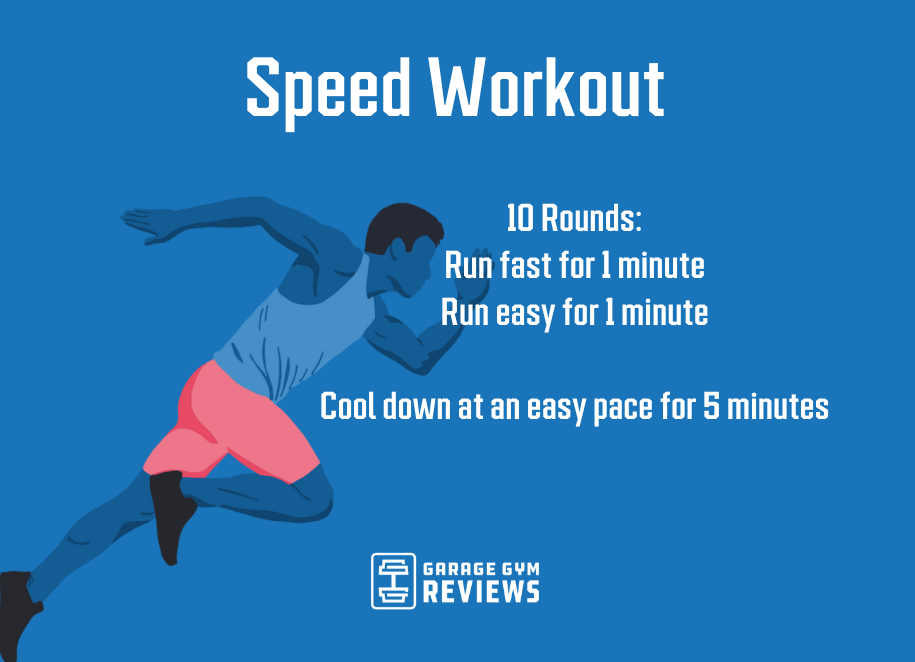The Ultimate Guide to Handling Discomfort When Running
Whether you are a skilled marathoner or simply beginning your running journey, recognizing the various kinds of pain that can arise and the methods to address them is vital. From pre-run warm-up regimens to correct footwear selection, there are many aspects to take into consideration when it comes to dealing with discomfort while running.

Understanding Different Sorts Of Running Pain
When running, it is necessary to compare various kinds of discomfort to stop injuries and maximize efficiency (Read More). One usual kind of pain that runners may experience is muscle mass discomfort, which commonly occurs from the stress placed on muscle mass throughout workout. This type of pain is commonly a typical part of the running process and can be managed via appropriate warm-up, cool-down, and stretching regimens
One more type of pain to be knowledgeable about is joint pain. Joint discomfort can indicate problems such as overuse, improper kind, or underlying problems like arthritis. Ignoring joint pain can bring about much more severe injuries, so it is vital to attend to any type of discomfort immediately and possibly seek expert advice.
Furthermore, sharp or stabbing discomforts should not be ignored. These kinds of pain can indicate severe injuries such as stress, sprains, or stress and anxiety cracks - running strategy. Remaining to run via these kinds of discomfort can aggravate the injury and extend recuperation time

Pre-Run Workout and Extending Routine
To prepare the body for a running session, carrying out an efficient pre-run warm-up and extending regular is vital. A correct warm-up helps increase blood circulation to the muscles, enhances versatility, and decreases the threat of injury during the run. By integrating a constant pre-run warm-up and stretching regular into your running regimen, you can optimize efficiency and minimize the risk of pain or injury.
Appropriate Footwear Option and Fit
Selecting appropriate shoes that fits well is critical for joggers to stop discomfort and decrease the danger of injuries. Ill-fitting footwear can cause blisters, black nails, shin splints, and various other uncomfortable problems that can prevent performance and sideline training. When choosing operating shoes, it is vital to think about aspects such as foot kind, running gait, arch support, padding, and footwear size. running strategy. Seeing a specialty running store for a gait evaluation and expert installation can assist make certain that you choose the right footwear for your private needs. Running footwear need to supply sufficient support and security while additionally being comfy and light-weight. In addition, it is suggested to change your running footwear every 300-500 miles to preserve proper cushioning and assistance. Purchasing high-grade footwear that is suitable for your running style and foot composition is a positive step in the direction of avoiding discomfort and injuries throughout your runs.
Nourishment and Hydration Tips for Pain Prevention

Hydration is just as important for runners to prevent aches, dehydration, and other pains that can lead to discomfort during running. By focusing on nutrition and hydration, runners can boost their performance, decrease discomfort, and delight in a much more comfortable running experience.
Post-Run Recovery Techniques to Alleviate Discomfort
Carrying out effective recovery strategies is vital for reducing discomfort and advertising muscle recovery after running sessions. One key post-run healing method is stretching. Integrating static go for significant muscle teams can help in reducing muscular tissue stress and soreness. Foam rolling is one more useful method to release muscular tissue rigidity and boost blood circulation to the muscular tissues, assisting in quicker healing. Furthermore, topping aching areas for 15-20 mins can help in reducing swelling and numb pain post-run.
Taking in a well balanced snack or dish that consists of protein and carbohydrates within 30 minutes of ending up a run can aid repair muscle mass cells and renew energy shops. By incorporating these post-run recuperation strategies into your regimen, you can properly manage pain and enhance your running performance.
Final Thought
Finally, resolving various kinds of running discomfort with proper warm-up, stretching, shoes option, nourishment, hydration, and post-run recuperation techniques is vital for discomfort avoidance and monitoring. By comprehending the sources of discomfort and executing these strategies, joggers can minimize pain and prospective injuries. It is crucial to focus on total physical health and wellness to make sure an effective and satisfying running experience.